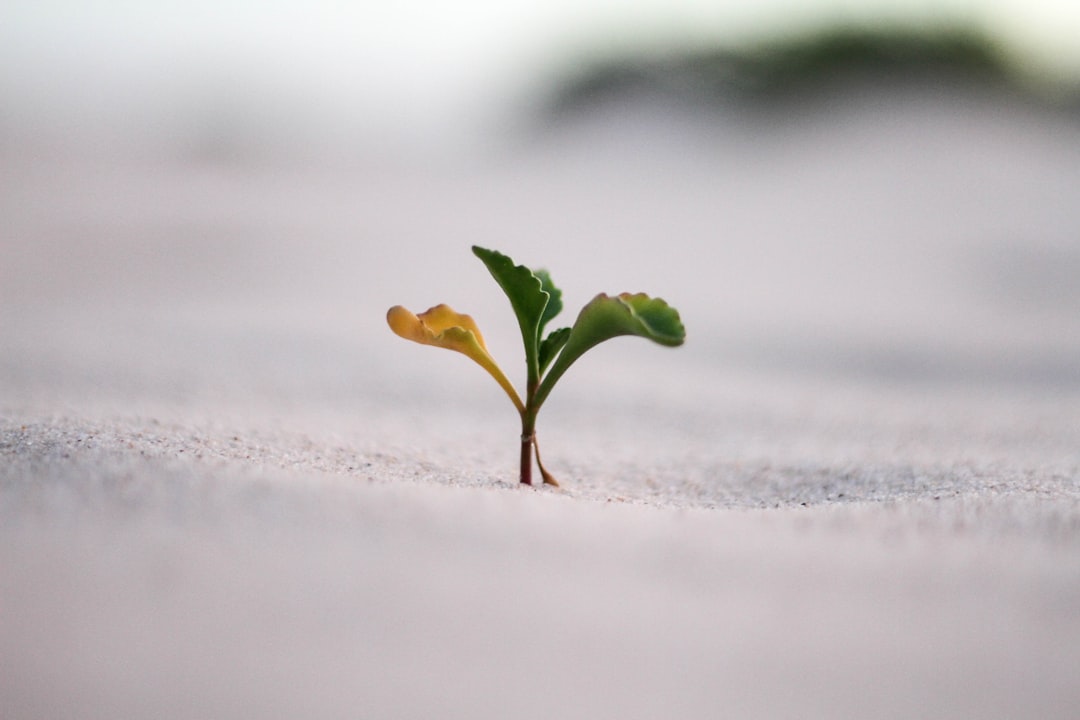
Understanding Labor Economics: A Comprehensive Introduction.
## Introduction. Labor economics is a branch of economics that deals with the dynamics of labor markets, the relationship between workers and employers, and the factors influencing employment and wages. It provides insights into how labor resources are allocated and utilized in producing goods and services. This introduction aims to demystify labor economics, exploring its fundamental principles, components, and the factors affecting the supply and demand for labor. ## The Basics of Labor Economics. At its core, labor economics examines the interactions between workers and employers. The labor market operates on basic economic principles of supply and demand. Labor supply represents the number of individuals willing and capable of working, while labor demand reflects the number of jobs employers are prepared to offer at various wage levels. Understanding these principles helps in analyzing broader economic conditions and patterns of employment, wage formation, and productivity. The labor supply can be affected by various factors, including demographic trends, education, and social conditions. For instance, an increase in educational attainment can enhance the quality of the labor supply as more skilled individuals enter the workforce. On the other hand, labor demand is influenced by the general economic environment, business needs, technology, and market competition, which dictate how many workers businesses need and what skills are in demand. ## Labor Market Equilibrium. Labor market equilibrium is reached when the supply of labor matches the demand. At this point, the wage rate stabilizes, and employment levels reach a balance where all willing workers can find a job. However, various factors can disturb this equilibrium, leading to either unemployment or labor shortages. When the wage rate is set above the equilibrium level, it can create a surplus of labor, resulting in unemployment. Conversely, if wages are too low, less people may be willing to work, leading to a labor shortage. Policymakers often look to labor economics to implement strategies that can re-establish equilibrium, such as wage subsidies or training programs designed to increase the workforce's skill level. ## The Role of Unions and Labor Policies. Unions play a pivotal role in labor economics by negotiating wages and working conditions for their members. They influence labor supply and demand by affecting wage levels and job conditions, often resulting in higher wages and better benefits for workers. Understanding the impact of unions is crucial in labor economics as they can shift the balance of power between workers and employers. Labor policies are equally important, encompassing laws and regulations that govern wages, working hours, and employment rights. Minimum wage laws, for instance, can elevate pay for low-wage workers but may also lead to increased unemployment if set too high, illustrating the complexities and trade-offs involved in labor economics. ## Employment Types and Economic Impact. Labor economics distinguishes between various types of employment, including full-time, part-time, temporary, and freelance work. Each employment type presents different implications for labor market dynamics, influencing wages, benefits, and job security. For instance, the rise of the gig economy has transformed traditional employment structures, creating challenges and opportunities alike. The overall health of the economy is closely tied to employment rates, productivity, and the labor force's composition. Understanding labor economics allows stakeholders—from policymakers to business leaders—to make informed decisions that catalyze economic growth and enhance workforce well-being. ## Current Trends in Labor Economics. In recent years, labor economics has evolved to address pressing issues such as income inequality, automation, and the impact of technology on work. Automation and artificial intelligence disrupt traditional job structures, necessitating ongoing analysis of labor market transitions. This also includes evolving labor forces, with increasing ethnic diversity and shifting gender roles impacting supply and demands in the workplace. Furthermore, the COVID-19 pandemic highlighted vulnerabilities within labor markets, revealing the importance of adaptive labor policies and the need for resilient workforce structures. Moving forward, labor economists will continue to study these dynamics to offer actionable insights into improving employment outcomes and fostering equitable economic growth. ## Conclusion. Labor economics is a fascinating and vital field that provides essential insights into the dynamics of the labor market. By understanding the interplay between supply and demand, labor policies, and economic trends, stakeholders can develop strategies that improve job opportunities, wage fairness, and productivity. As the nature of work continues to evolve, the study of labor economics remains crucial in understanding and shaping the future of work and economic prosperity. .







